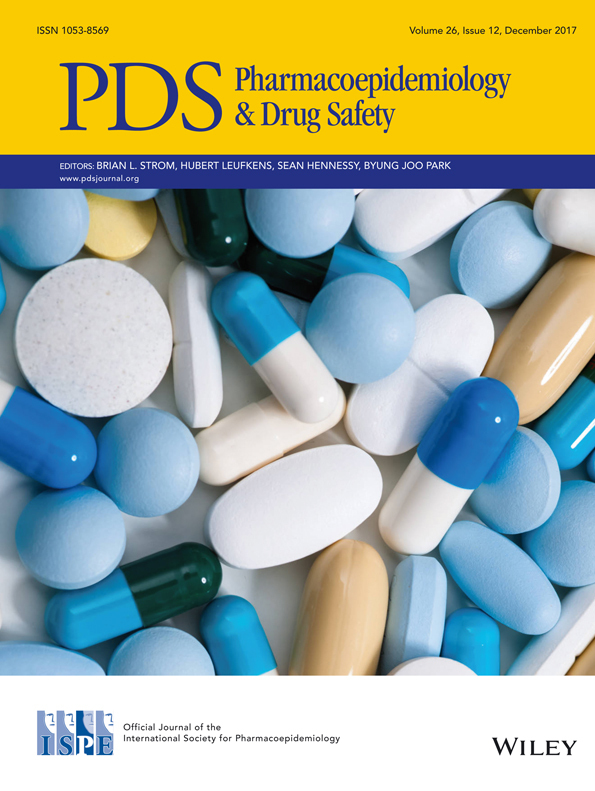Validity of the days supply field in pharmacy administrative claims data for the identification of blister packaging of medications
Abstract
Purpose
Pharmacy claims data is often used in pharmacoepidemiology studies, but no studies to date have examined whether it was possible to identify the use of blister packs in these databases. We aimed to determine whether medications dispensed in days divisible by 7 are more likely to be blister packed than medications dispensed in other quantities.
Methods
Community pharmacies in Manitoba were invited to participate in a mail-out survey to identify the use of blister packaging for up to 25 patients who had a solid oral medication dispensed from April 1, 2012 to March 31, 2014. Eligible medications were identified using the population-based province-wide retail pharmacy network. Algorithms for identifying the use of blister packaging were determined by comparing the proportion of fills that confirmed blister pack use between different days supply quantities.
Results
Twenty-seven out of 32 pharmacies that agreed to participate completed the survey. The total number of prescriptions in the analysis was 2045 of which 131 (6.4%) were dispensed in blister packaging. Overall, prescriptions dispensed in days divisible by 7 yielded a 72.5% sensitivity, 86.6% specificity, 30.3% PPV, and 97.9% NPV compared with prescriptions dispensed in other quantities. A 28-day to 30-day comparison yielded an 87.9% sensitivity, 96.1% specificity, 64.6% PPV, and 99.0% NPV.
Conclusion
While the NPV was high, the PPV for identifying blister packaging using the days supply field in pharmacy claims data was modest given the low prevalence in blister pack use. The best predictor occurred when 28 days was compared with 30 days.
KEY POINTS
- Blister packs are arranged in 4 × 7 compartments and are often used to improve adherence, but no studies have examined whether it was possible to identify the use of blister packs using the days supply field in pharmacy claims data.
- Findings show that a 28-day supply yielded a high sensitivity and specificity for identifying the use of blister packaging compared with a 30-day supply, but there is potential for misclassification.
- Future studies directed at examining subgroups that are more likely to use blister packs and replication of findings using other data sources in other jurisdictions are encouraged.




